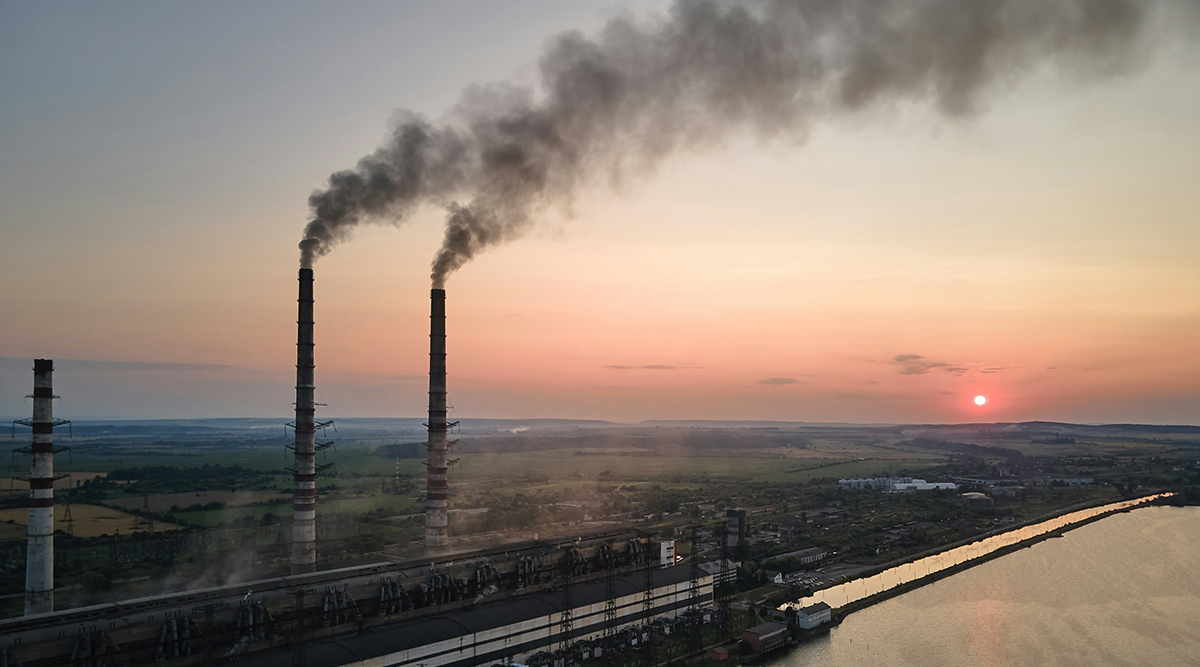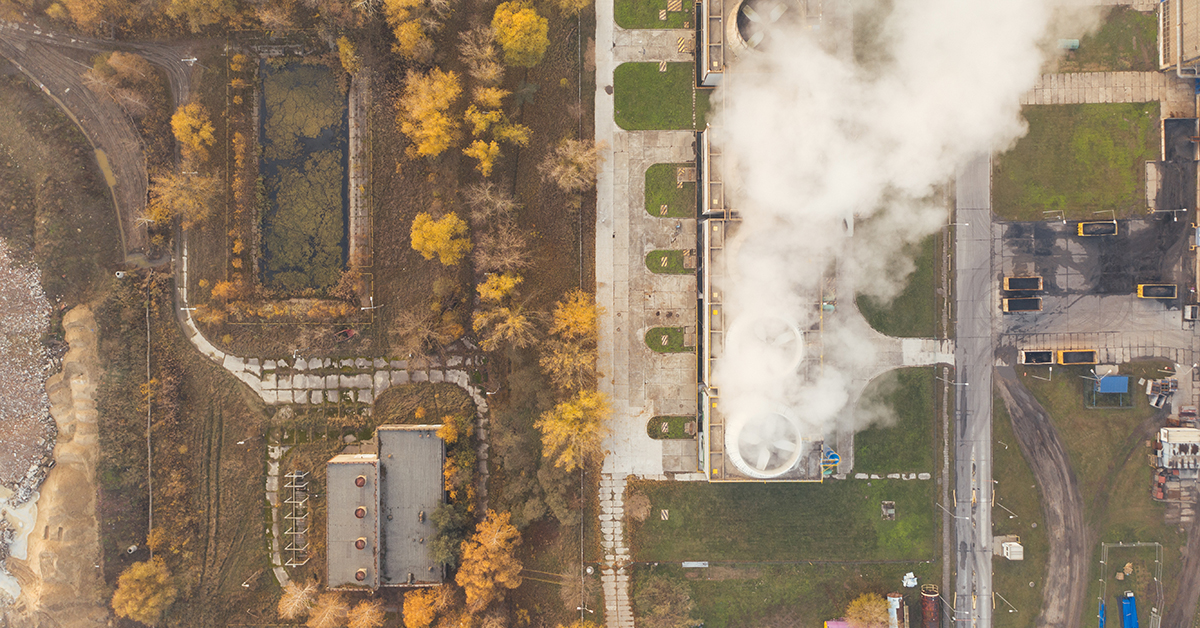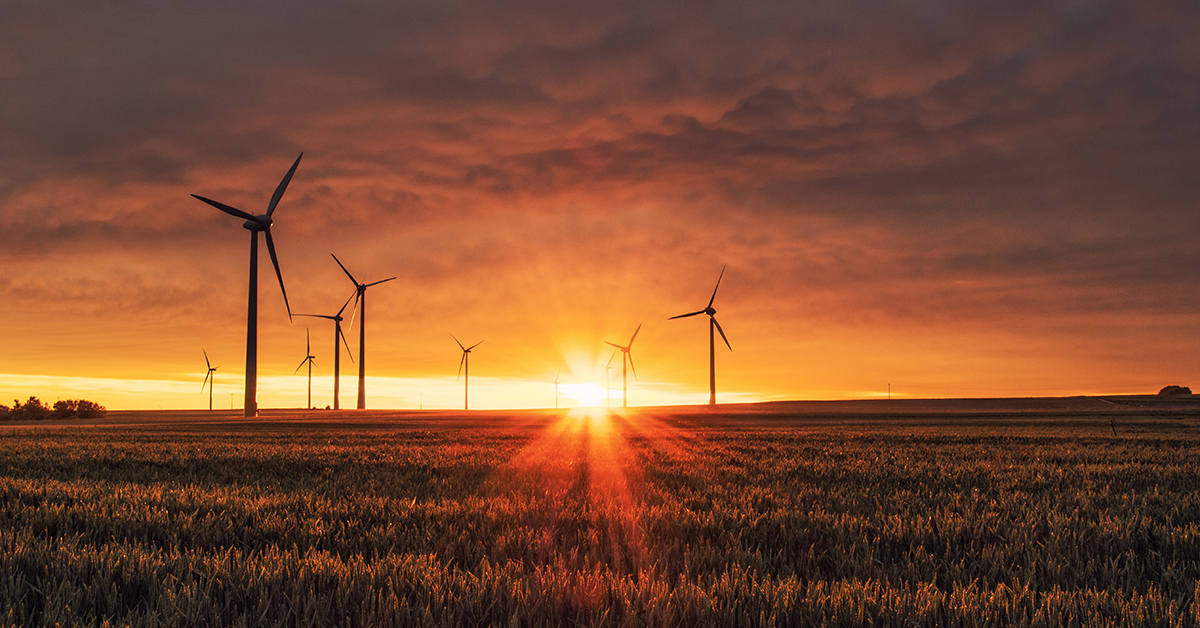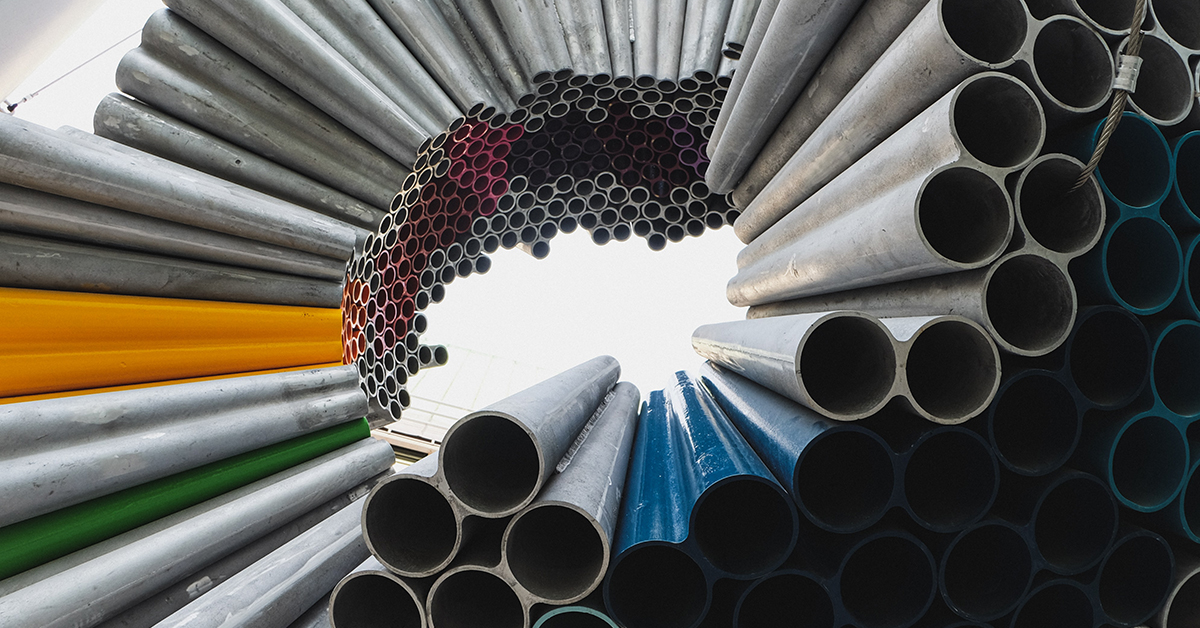by KenBay | Feb 15, 2024

In the dynamic landscape of manufacturing, efficiency reigns supreme. As industries evolve, so do the technologies driving them forward. Today, we find ourselves amidst the era of Industry 4.0, a period marked by digital transformation and unprecedented connectivity. In this blog post, we delve into the pivotal role of equipment innovations, particularly in industrial waste removal, and how they optimize factory efficiency while promoting sustainability.
(more…)
by KenBay | Jan 23, 2024

In the dynamic landscape of modern manufacturing, the mantra of “Reduce, Reuse, Recycle” is more than just a catchphrase – it’s a strategic approach that can revolutionize industrial processes. By incorporating these principles, manufacturers not only contribute to environmental sustainability but also stand to significantly reduce costs associated with industrial waste. In this article, we will explore creative ways manufacturers can implement the 3R’s to enhance their practices and make a positive impact on both their bottom line and the planet.
(more…)
by KenBay | Oct 11, 2023

Industrial waste management is a critical concern for businesses across the United States. In addition to federal regulations, every state has its own set of rules governing the disposal and management of industrial waste. These regulations are crucial to ensure the safe and environmentally responsible handling of waste generated by industrial processes. Understanding and complying with industrial waste state regulations is essential to avoid potential legal issues, maintain a safe workplace, and protect the environment.
(more…)
by KenBay | May 4, 2023
 The excessive amounts of industrial non-hazardous waste is rapidly becoming an important issue for both developing and industrialized economic nations the world over. Countries are creating comprehensive waste management plans to help alleviate issues brought on by post-recycling, non-hazardous waste which would otherwise fester in landfills, causing ecological concerns. (more…)
The excessive amounts of industrial non-hazardous waste is rapidly becoming an important issue for both developing and industrialized economic nations the world over. Countries are creating comprehensive waste management plans to help alleviate issues brought on by post-recycling, non-hazardous waste which would otherwise fester in landfills, causing ecological concerns. (more…)
by KenBay | Mar 24, 2023

If a business or manufacturing facility is going to work at peak functionality and still abide by all environmental laws endemic to its location, it is necessary to first be fully aware of local industrial waste rules regulations. In the United States, most states take their cues and guidance from the Environmental Protection Agency (EPA) which sets the standard for the country at large. Rules are also applied at the state and municipal levels to better regulate industrial and hazardous waste.
The EPA regulates household, industrial, and manufacturing solid and hazardous wastes under the Resource Conservation and Recovery Act (RCRA). RCRA’s goals are to protect communities and citizens from the hazards of waste disposal; conserve energy and natural resources by recycling and recovery; reduce or eliminate waste; and clean up waste that may have spilled, leaked or been improperly disposed of.
(more…)
by KenBay | Jun 27, 2022

For those who work in the pharmaceutical, biochemical, or food wholesale industries, cleanliness is paramount. This is especially true for industrial waste disposal.
When it comes to managing industrial waste, choosing a trash compactor made of easy-to-clean and bacteria-resistant stainless steel is an excellent choice for crushing and disposing of large quantities of waste materials that may have contaminants. Stainless steel trash compactors are easier to wash, have protected electrical mechanisms, and are extremely durable for both indoor and outdoor waste compaction.
(more…)
by KenBay | May 24, 2022

Municipal landfills have been a growing concern throughout the United States for decades. Costs for these subterranean garbage heaps are rising rapidly, fueled by the 292.4 million tons of municipal solid waste (MSW) the U.S. produces each year according to the Environmental Protection Agency (EPA)
It’s a constant struggle to allocate the necessary amount of land, money, and technology for landfills, especially in North America in the 21st century.
(more…)





 The excessive amounts of industrial non-hazardous waste is rapidly becoming an important issue for both developing and industrialized economic nations the world over. Countries are creating comprehensive waste management plans to help alleviate issues brought on by post-recycling, non-hazardous waste which would otherwise fester in landfills, causing ecological concerns.
The excessive amounts of industrial non-hazardous waste is rapidly becoming an important issue for both developing and industrialized economic nations the world over. Countries are creating comprehensive waste management plans to help alleviate issues brought on by post-recycling, non-hazardous waste which would otherwise fester in landfills, causing ecological concerns. 


